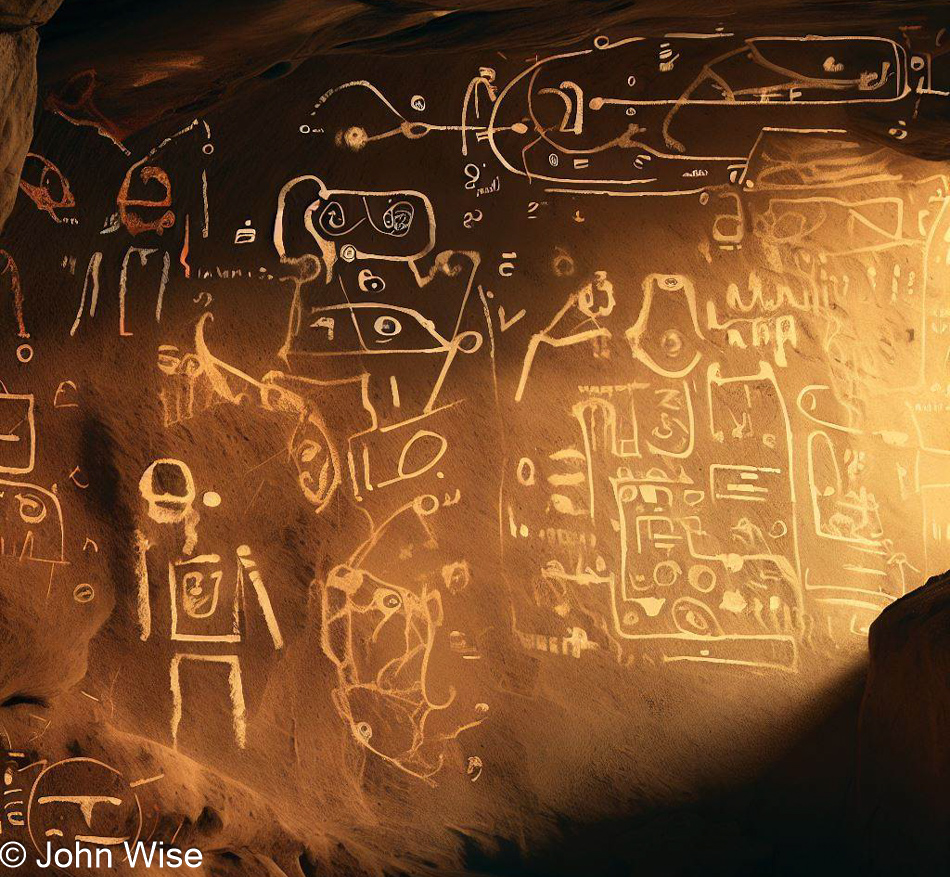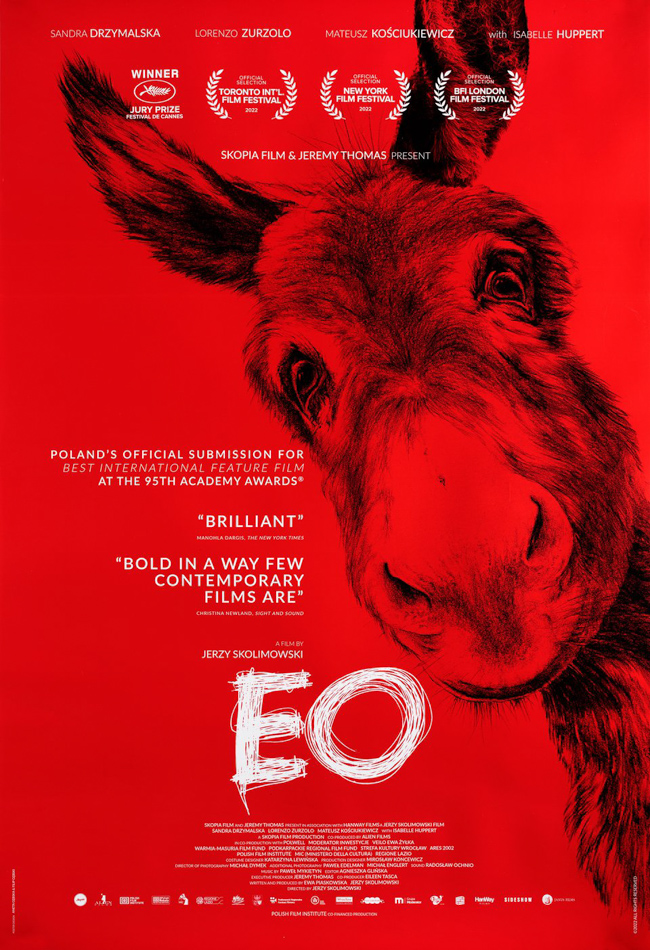
A week ago today, I started a regime of weekly injections of Ozempic. That first shot was super stressful. I really should have watched a video from someone who was already using it, but in that tense moment I did not have the presence of mind to think clearly about anything aside from following the printed instructions to the letter. After injecting the first 0.25mg dose, I was uncertain I had done it right, but within a couple of days, it became obvious it was performing as advertised as I simply stopped caring about eating.
I lost a few pounds the first week, but more importantly, my blood glucose levels started dropping, and I haven’t had any side effects. While I can’t be sure, I believe the impact on my diabetes is caused in at least some part by the radically different portion sizes I’m eating. Experiencing such dramatic effects so quickly, my first inclination was that every obese person, such as myself, should be on the drug, but just as quickly, I changed my mind. Sadly, I think there are others thinking the same thing because the conversation began this week that the makers of Ozempic could be producing it for under $5 a dose. Sounds great, but…
For the previous eight years, I have managed my diabetes with diet, exercise, and Metformin, but no insulin. Portion control and the remaining 30 pounds I’d like to lose have been problematic. In the first couple of years after my diagnosis, I lost 40 pounds and have been able to keep that weight off until today, but can’t get below my current weight. We do not eat processed foods and only rarely opt for the convenience of eating at restaurants. We’ve never used Uber Eats or Grub Hub. We do make a serious effort to eat healthy which is made easier with only one of us working, that being Caroline. In addition to eating right, we walk five miles every day.
If the federal government were to get the idea that Ozempic is a magic cure-all, I think that without free time and extra income for the obese and diabetic to address their poor diet and sedentary lifestyles, the efficacy of the drug would be foiled. But we are in America. We do not invest in health; we’d rather pay big for disease. Me? I’d rather have the best, vibrant, and adventurous life I can drag into my aging existence.










